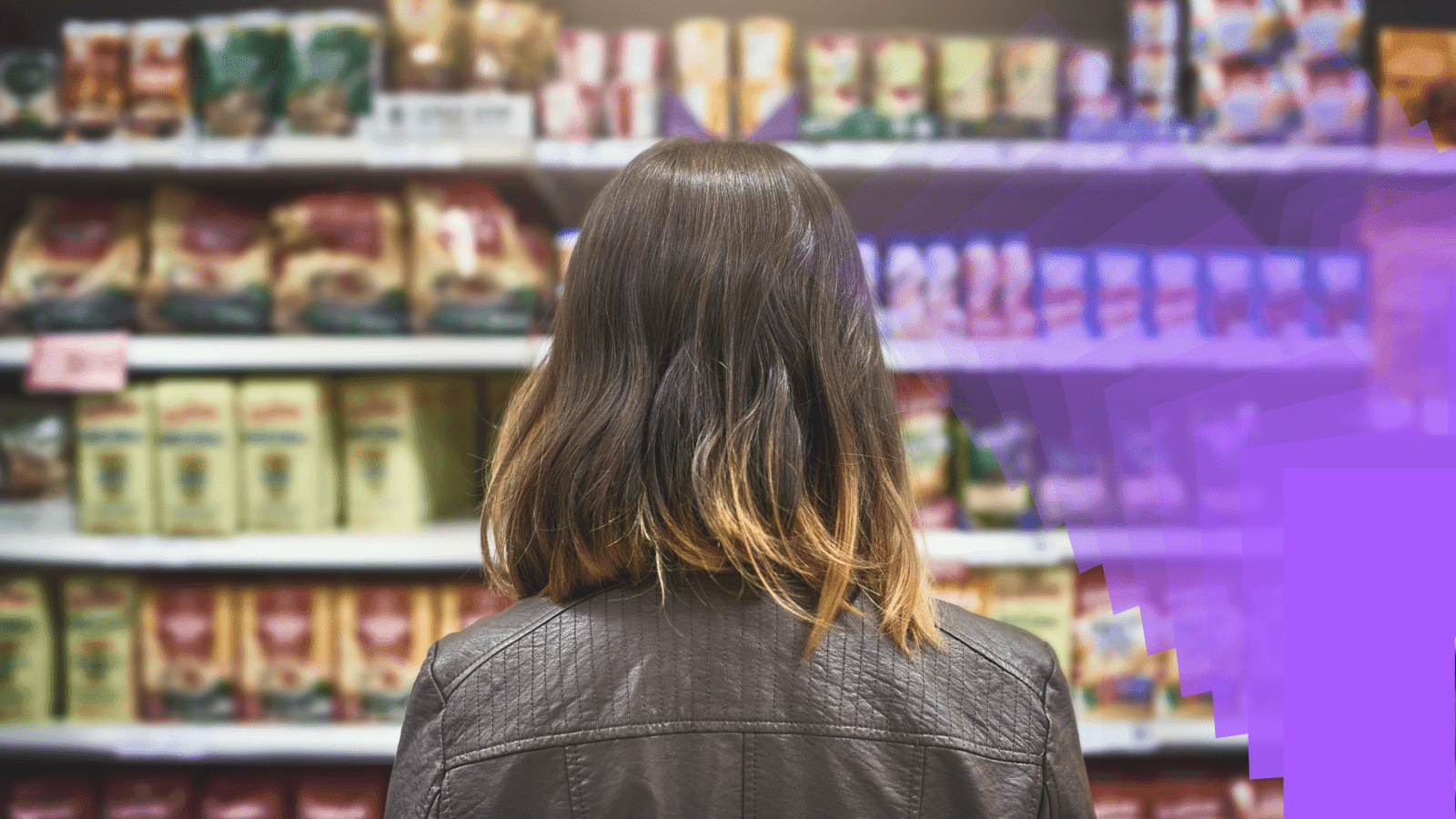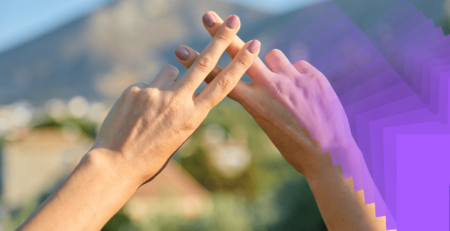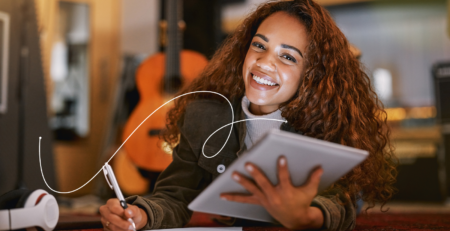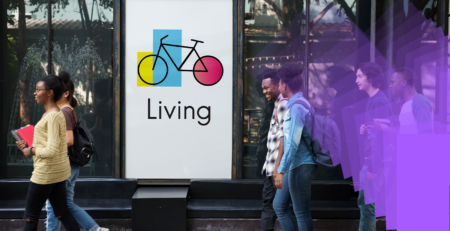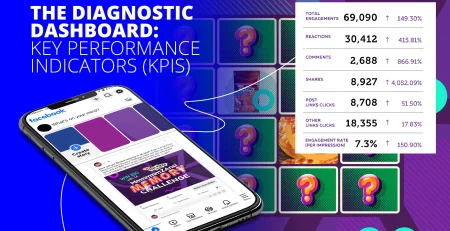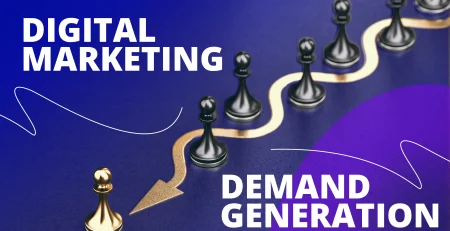Brand Awareness vs. Reach: Which One Should You Prioritize on Social Media?
Brand Awareness vs. Reach
A visual guide to the concepts from Trace Brand Building. Let's explore which metric to prioritize for your social media success.
What is Reach?
"Reach is like shouting in a crowded room. A lot of people might hear you, but how many are actually listening?"
Key Characteristics:
- Focuses on Quantity of unique viewers
- Top-of-funnel (TOFU) metric
- Measures the size of your potential audience
- It's the first touchpoint
What is Brand Awareness?
"Awareness is like having a meaningful conversation. It’s about making a memorable connection."
Key Characteristics:
- Focuses on the Quality of recognition
- Middle-of-funnel (MOFU) metric
- Measures how familiar people are with your brand
- It builds trust and recall
Visualizing the Marketing Funnel
Reach casts a wide net at the Top of the Funnel (TOFU), while Awareness nurtures that audience in the Middle (MOFU), guiding them toward conversion.
Top: REACH
Impressions, Followers, Clicks
Middle: AWARENESS
Engagement, Mentions,
Branded Search
Bottom: CONVERSION
Leads, Sales, Sign-ups
How Trace Measures Success
The article highlights specific KPIs to track. Here’s how they stack up for measuring Reach vs. Awareness.
Reach is measured by broad metrics like Impressions, while Awareness is tracked by deeper engagement signals like Mentions and Branded Searches.
When to Prioritize Which?
Your strategy depends on your business goals. Follow this guide, based on the article, to decide where to focus your efforts.
Prioritize REACH
When you need to introduce your brand to a wide audience quickly.
- You are a new business
- Launching a new product
- Promoting a big sale or event
Prioritize AWARENESS
When you want to build a deeper connection and become a trusted name.
- Building a strong community
- Becoming a thought leader
- Targeting a specific niche market
A Symbiotic Relationship
As the article concludes, the most effective strategies use both. Reach fills the top of your funnel, and awareness builds the valuable relationships that lead to long-term success. They are two sides of the same coin.
Sustainable Growth
Balance both to not only be heard, but also remembered.
Picture this: You’re reviewing your latest social media campaign metrics. The numbers look impressive with thousands of people reached and engagement climbing. Yet sales remain flat. Your brand still blends into the background while competitors capture market share. You’re left wondering whether you should focus on reaching more people or building deeper brand recognition.
This confusion burns through millions in misallocated marketing spend. When you chase reach without building awareness, your message evaporates the moment the campaign ends. When you focus solely on awareness without expanding reach, your brand remains trapped in an echo chamber, unknown to potential customers who need what you offer.
Here’s the reality: The choice between brand awareness and reach isn’t binary. We’ve discovered through our MAGIC Audit process that the most successful brands master the strategic interplay between these two forces. This guide reveals exactly how to prioritize, balance, and leverage both metrics to transform your brand from unknown to iconic.
What Brand Awareness Really Means (And Why Empty Recognition Falls Short)
Brand awareness represents the level of familiarity consumers have with your brand, but it extends far beyond simple logo recognition. Brand awareness encompasses your reputation, products, values, and the emotional connection you foster with audiences. At Trace Brand Building, we’ve witnessed how brands transform from overlooked to unmistakable when they understand this deeper definition.
The Awareness Spectrum That Drives Purchase Decisions
Brand awareness exists on a spectrum that directly impacts buying behavior:
Brand Recognition (Aided Recall): This foundational level occurs when consumers confirm previous exposure to your brand when prompted. At the point of sale, a familiar package on a shelf can be the deciding factor in a purchase.
Brand Recall (Unaided Recall): This represents true brand power, when consumers spontaneously generate your brand name from memory. Achieving this “top of mind” status means you’ve successfully embedded your brand into consumer consciousness, making you the default choice.
The Emotional Component: Your brand lives as a collection of experiences and feelings in consumers’ minds. Research shows five out of ten consumers willingly spend more on brands with appealing images, and 79% purchase from brands whose values align with their own. This is where brand identity becomes the game-changer that separates landmark brands from the forgettable ones.
At Trace Brand Building, we’ve seen how proper brand awareness development transforms marketing efficiency. Our clients report that once awareness reaches critical mass, their cost per acquisition drops by an average of 32% while customer lifetime value increases.
Understanding Reach: More Than Just Vanity Metrics
Reach measures the total number of unique users who see your content at least once. Without reach, your message never starts its journey toward building awareness, engagement, or conversions. It’s the foundation that drives them to the next step.
Critical Distinctions That Impact Strategy
Reach vs. Impressions: While impressions count total views including repeats, reach counts only unique individuals. If one user sees your ad five times, that counts as one reach but five impressions. This distinction highlights the strategic tension between breadth (reaching new people) and depth (frequency for memory formation).
Three Types of Reach:
- Organic Reach: Natural distribution through followers and algorithms
- Paid Reach: Targeted promotion through advertising
- Viral Reach: Amplification through user sharing and engagement
Understanding these distinctions allows us to craft strategies that maximize each type. Our MAGIC Audit reveals which reach channels deliver the highest-quality audience for your specific brand.
The Symbiotic Relationship: How Smart Brands Leverage Both
Reach provides the fuel for building brand awareness, while strong awareness makes all subsequent reach more effective and efficient. This creates what we call the “brand equity flywheel” that transforms brands from unknown to unmistakable.
The Flywheel Effect in Action
Initial paid reach exposes your brand to new audiences. When messaging resonates consistently, awareness begins building. As awareness grows, your brand gains credibility and trust, leading to higher engagement rates.
Social media algorithms recognize this engagement as quality signals, rewarding your content with greater organic reach. This enhanced organic reach exposes you to more users, building more awareness at lower cost. The outcome? A brand that doesn’t merely attract attention, it ignites discussions.
Quality Amplification Through Trust
A 2022 study found that consumers are 60% more likely to purchase from familiar brands, and 78% of consumers agree that a brand’s social media presence has a major impact on whether they trust that brand. This trust translates into:
- Higher engagement rates on all content
- Increased user-generated amplification
- Lower long-term marketing costs
- Better conversion rates at every funnel stage
We’ve witnessed this transformation repeatedly. After implementing our positioning and identity system, clients see their organic reach increase by an average of 47% within six months without burning through additional ad spend.
Your Strategic Decision Framework
The optimal balance between awareness and reach depends on multiple factors. Here’s the framework we use during our MAGIC Audit to determine the right approach:
Business Lifecycle Positioning
New Ventures & Product Launches: When entering the market, maximizing reach takes priority to announce your existence to relevant audiences. Focus on:
- Paid advertising for broad exposure
- Influencer collaborations
- Content with viral potential
Established Brands & Community Building: For recognized brands, the focus shifts to reinforcement and relationship building through deeper brand awareness. Prioritize:
- Storytelling that connects with your audience’s jobs to be done
- Community engagement that builds loyalty
- Brand identity strengthening that sets you apart
Industry-Specific Strategies
B2C & E-commerce: These sectors require dynamic approaches, prioritizing reach for short-term, action-oriented campaigns like flash sales and seasonal promotions while building long-term awareness for competitive differentiation.
B2B: The longer sales cycle demands brand awareness as the primary focus, building credibility through thought leadership content particularly on platforms like LinkedIn.
Non-Profits: These organizations need reach to amplify their cause and promote fundraising campaigns while building awareness to secure sustained support and create dedicated advocates.
Budget Impact on Tactical Choices
High-Budget Campaigns: Substantial budgets enable heavy investment in paid advertising, the most efficient and scalable method for maximizing reach quickly. Our media and advertising strategies leverage this to build landmark brands.
Lean Operations: Limited budgets shift focus toward cost-effective, long-term strategies building awareness through high-quality organic content and community engagement.
Tactical Playbooks for Maximum Impact
The Brand Awareness Playbook
Core Tactics:
- Consistent Branding: Use identical visual and verbal identity across all channels
- Strategic Storytelling: Share origin stories, values, and customer successes
- Value-Driven Content: Educate and solve problems to establish authority
- Active Engagement: Respond, question, and participate in conversations
Measuring Success:
- Share of Voice (SOV) compared to competitors
- Brand mention sentiment analysis
- Branded search volume growth
- Referral traffic from trusted sources
The Reach Maximization Playbook
Core Tactics:
- Strategic Hashtag Usage: Mix broad, niche, and trending tags for discoverability
- Targeted Paid Advertising: Leverage platform targeting for specific demographics
- Influencer Partnerships: Tap into pre-built, engaged audiences
- Shareable Content Creation: Design for emotional response and interaction
Measuring Success:
- Unique viewer counts and impression totals
- Follower growth rate trends
- Website referral traffic from social channels
- Click-through rates and cost per mille efficiency
What is the Best Way to Balance Reach and Awareness?
The most effective approach involves mapping these concepts to your marketing funnel while maintaining flexibility based on performance data.
In the Middle of the Funnel (MOFU), brand awareness becomes the critical factor for building trust and differentiation. The familiarity you’ve built makes customers more receptive to your offerings.
By viewing these metrics as complementary rather than competing, you create a system where reach initiates the journey and awareness drives them to the next step.
Real-World Success Stories
Explosive Reach Campaigns
CeraVe’s “Michael Cera” campaign generated over 32 billion earned impressions by orchestrating a multi-week narrative that dominated Super Bowl share of voice. The strategy focused entirely on maximizing reach to create a cultural moment.
Long-Term Awareness Champions
Coca-Cola’s decades-long focus on happiness and emotional connection through consistent messaging has made them one of the most recognizable brands globally. Their social media nurtures this powerful brand awareness rather than chasing individual campaign metrics.
Dove’s “Real Beauty” campaign since 2004 has built deep trust and loyalty by aligning with meaningful social causes, prioritizing brand values over maximizing post reach.
Synergistic Excellence
Spotify’s annual “Wrapped” campaign generates massive user-generated content and organic reach while reinforcing brand loyalty among existing users. This high-reach tactic deepens brand connection with their community.
Red Bull sponsors extreme sports events for visibility, but these high-reach activities serve to build and reinforce their brand identity around energy, adventure, and pushing human limits. They’ve built a landmark brand by blending sharp messaging with experiential marketing.
Transform Your Brand From Unknown to Iconic
The most successful brands adopt a portfolio approach, running campaigns with different primary objectives simultaneously. You might launch reach-focused paid advertising for a new product while publishing value-driven organic content for awareness building.
This requires continuous analysis of KPIs for both metrics, adjusting your strategic balance based on performance data. Start with reach tactics to draw people in, then invest in awareness content to build relationships that drive long-term success.
At Trace Brand Building, we deliver a verified 10% sales lift within 90 days of implementation on the same ad budget. Our last five builds saw a median 34% lift.
Our MAGIC Audit examines seven critical levers: positioning, brand story, creative, messaging, offer, website, and analytics. We map the gaps, then rebuild your positioning, identity, and copy. This isn’t consultation; we provide a done-for-you service while your team simply approves.
Book the MAGIC Audit or schedule a 20-minute eligibility check today.

